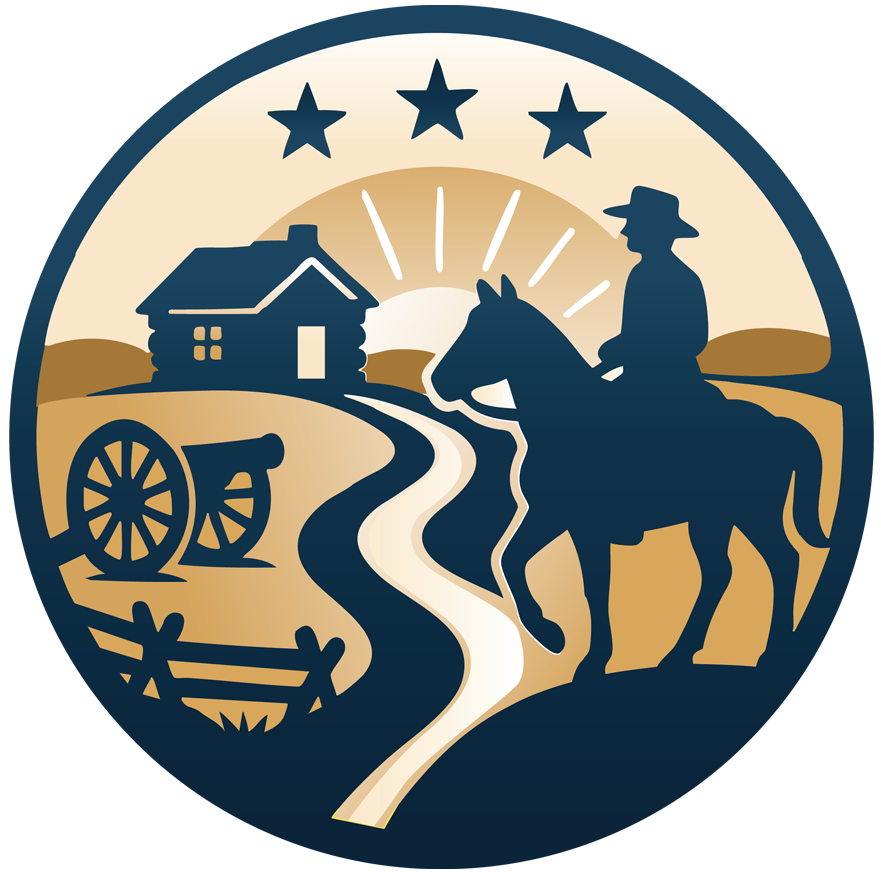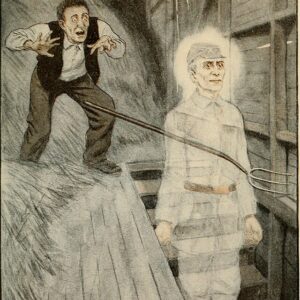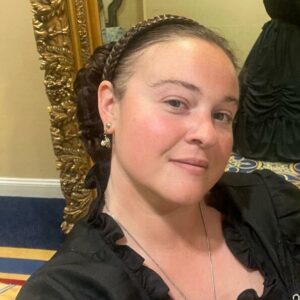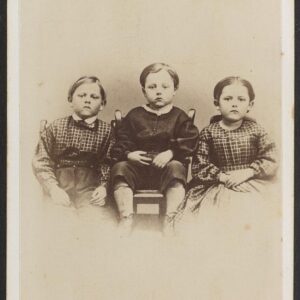Young, proud, scared, and unaware of what history would bring, they arrived at Gettysburg as soldiers. They suffered through three days of unrelenting fire and rage that burned into the very fabric of the country. But when the guns stopped firing, what happened to them? While some gained prominence, others fell into silent obscurity. Some carved their names into legend, politics, government or education. This is the story of the men who survived one of the most grueling ordeals in American history and went on to influence future events, not only for themselves but also for the nation they helped to define.
Lucius Fairchild

Lucius Fairchild, a three-term governor of Wisconsin, returned home a war hero after losing his left arm while commanding the Iron Brigade on July 1 at Gettysburg. Later, he held the positions of consul general in Paris and consul general in Liverpool for the United States, and he never stopped fighting for veterans’ rights. Fairchild wore his empty sleeve as a sign of unwavering service and conviction rather than as a sign of loss.
Alexander S. Webb

Alexander S. Webb received the Medal of Honor for gallantry at Gettysburg after he led the Philadelphia Brigade and held the line at the “Angle” during Pickett’s Charge. After that, he spent more than thirty years as president of City College of New York, influencing generations via instruction in the same way that he had done so through command.
John Brown Gordon
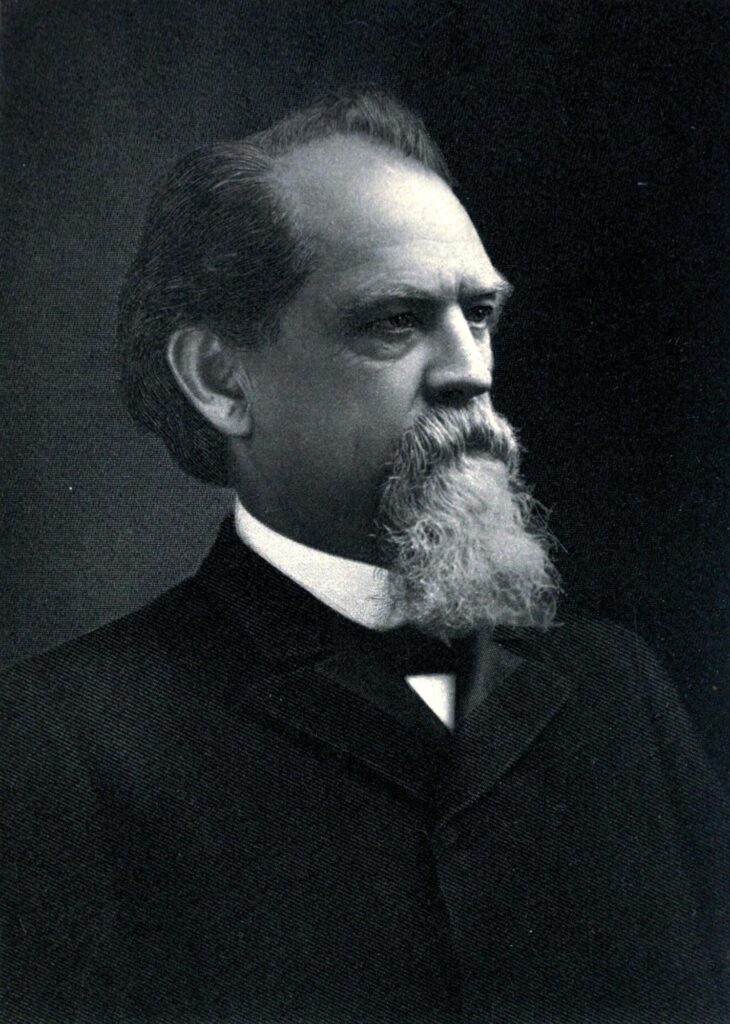
After serving as a Confederate general at Gettysburg, Gordon became well-known across the country as Georgia’s governor and a U.S. senator. Despite being unharmed in that conflict, he suffered five notable injuries at Antietam, which made him a representation of the Southern spirit of tenacity. Gordon became a pivotal figure in the postwar development of the “Lost Cause” narrative, utilizing his political and rhetorical clout to influence how the South viewed the conflict.
Joshua Chamberlain
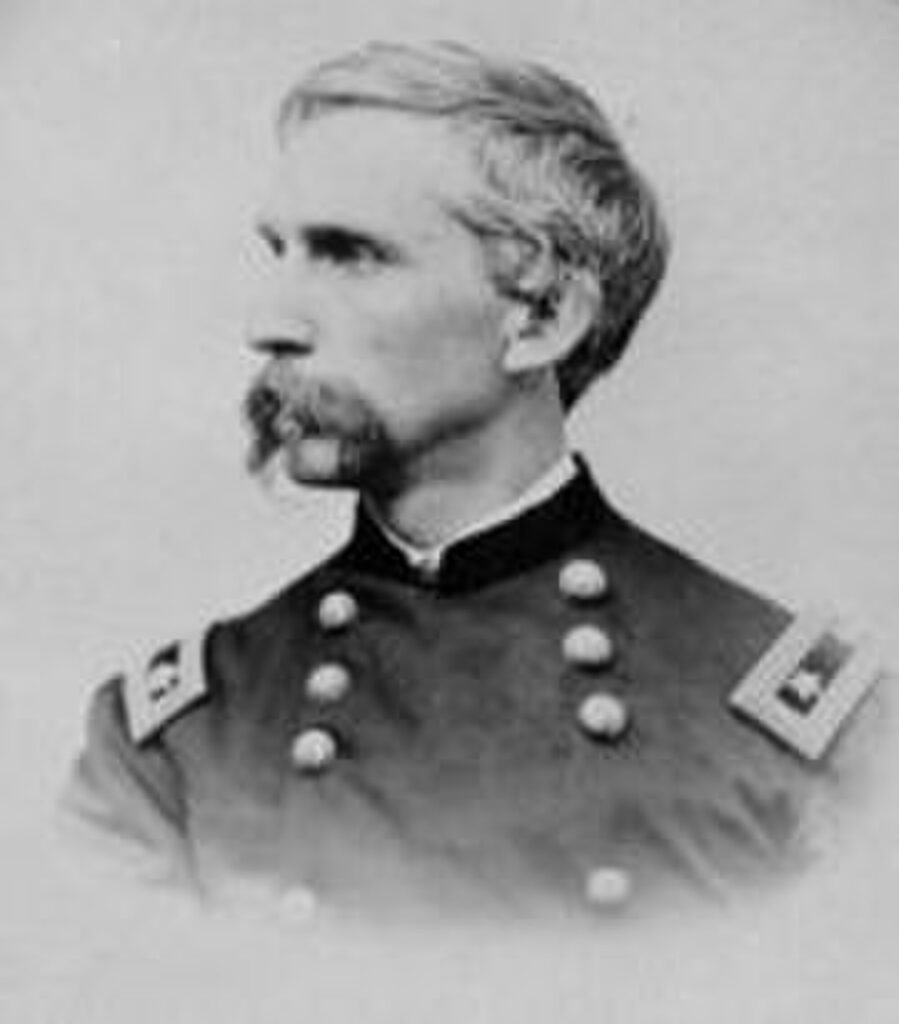
Joshua Chamberlain and the 20th Maine repelled numerous Confederate attacks and launched a valiant bayonet charge that helped save the day at Gettysburg. They held the far left of the Union line at Little Round Top. His legacy was forged in both battle and nation-building, and he went on to become a four-term governor of Maine, president of Bowdoin College, and a respected voice in forming the memory of the Civil War.
Oliver Otis Howard
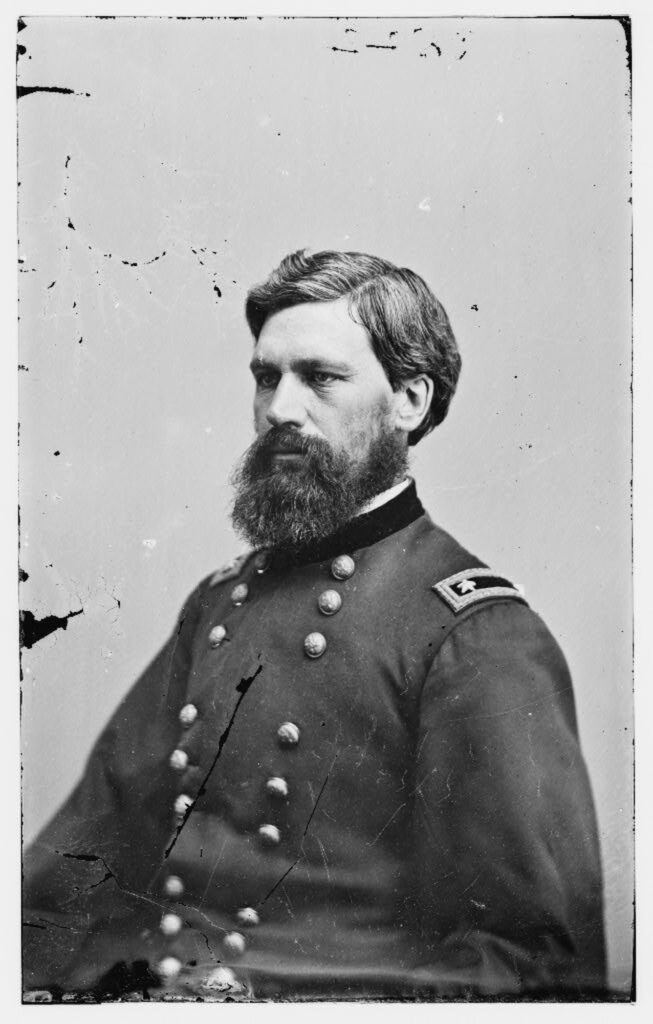
Union General Oliver Otis Howard, who was already a combat veteran who had lost an arm, took command at Gettysburg after General Reynolds was killed on July 1. Howard’s choice to hold Cemetery Hill provided the Union Army with a vital defensive anchor for the remainder of the conflict, even though his XI Corps was forced back in intense combat. Congress commended him for his vision, and he was given a statue on the hill he helped protect. After the war, Howard continued to advocate for education and civil rights by founding Howard University and leading the Freedmen’s Bureau during Reconstruction.
James Longstreet
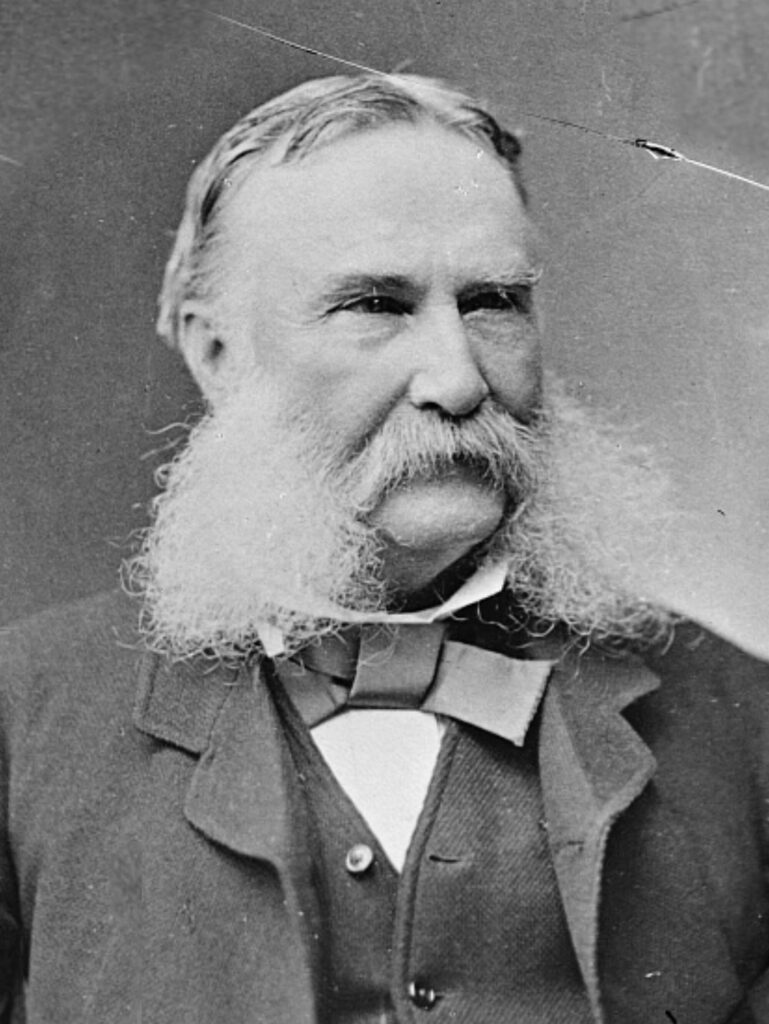
Confederate General James Longstreet, who had opposed the attack from the beginning, grudgingly led the attack on the Union left at Gettysburg on July 2 and presided over the disastrous Pickett’s Charge on July 3. He was used as a scapegoat for the South’s defeat because of his hesitancy and conflicts with General Lee, which served as lightning rods for postwar blame. Longstreet’s postwar career, however, went against the grain. He supported civil rights for former slaves, accepted Reconstruction, and held federal positions, including U.S. Minister to the Ottoman Empire. Despite being demonized by supporters of the Lost Cause, he became a symbol of peace, bringing former adversaries together in a divided country.
Zabdiel Boylston Adams

In addition to treating wounds, Dr. Zabdiel Boylston Adams redefined what it meant to endure during wartime. At Gettysburg, he operated for two days and three nights without rest, ultimately collapsing—temporarily blinded by sheer exhaustion. Discharged due to vision loss, he refused to be sidelined: Adams rejoined the fight as an infantry officer, was wounded and captured at the Wilderness, and later returned to duty. After the war, he resumed medical practice in Massachusetts, where he championed modern surgical methods, vaccination, and public health. He helped found a public library and served on his town’s Board of Health. Today, he remains the only physician honored with a monument at Gettysburg—a silent tribute to skill, sacrifice, and a spirit committed to healing what war could not destroy.
John C. Tidball
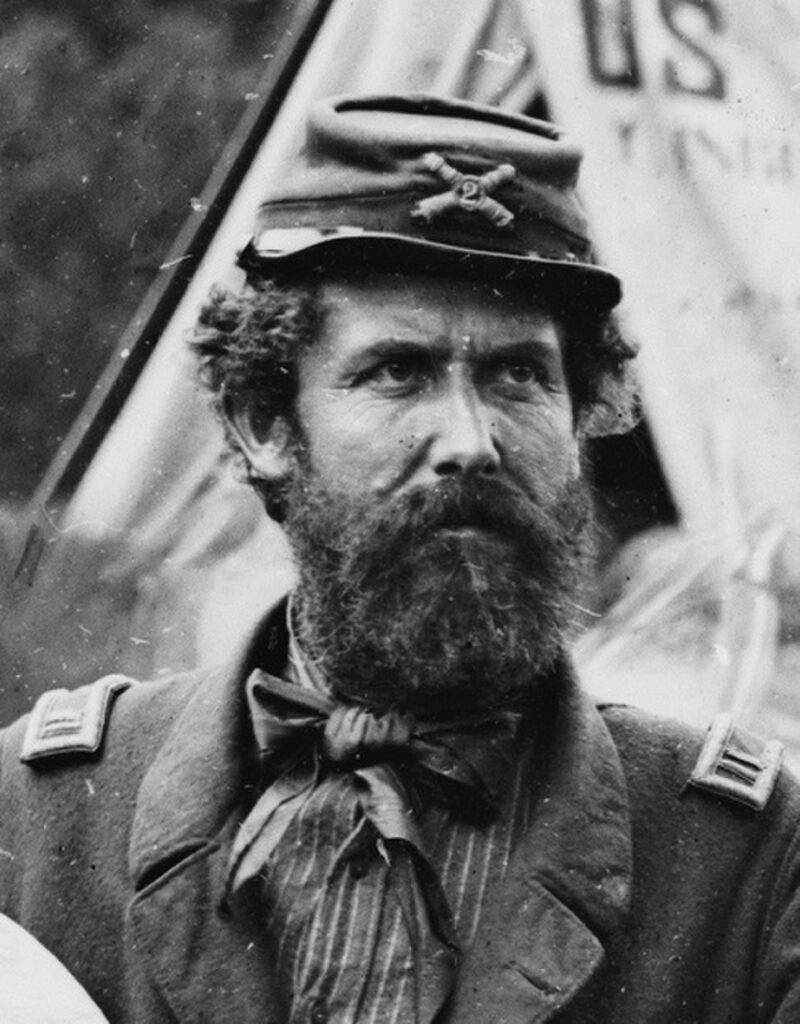
At Gettysburg, John C. Tidball’s Horse Artillery brigade waited in reserve, but his impact on American military history was just beginning. After the war, he emerged as a visionary reformer, serving as Commandant at West Point and leading the Artillery School at Fort Monroe. His Manual of Heavy Artillery Service distilled battlefield experience into enduring doctrine, shaping generations of U.S. artillerymen and transforming gunnery into a precise, disciplined science.
Winfield Scott Hancock
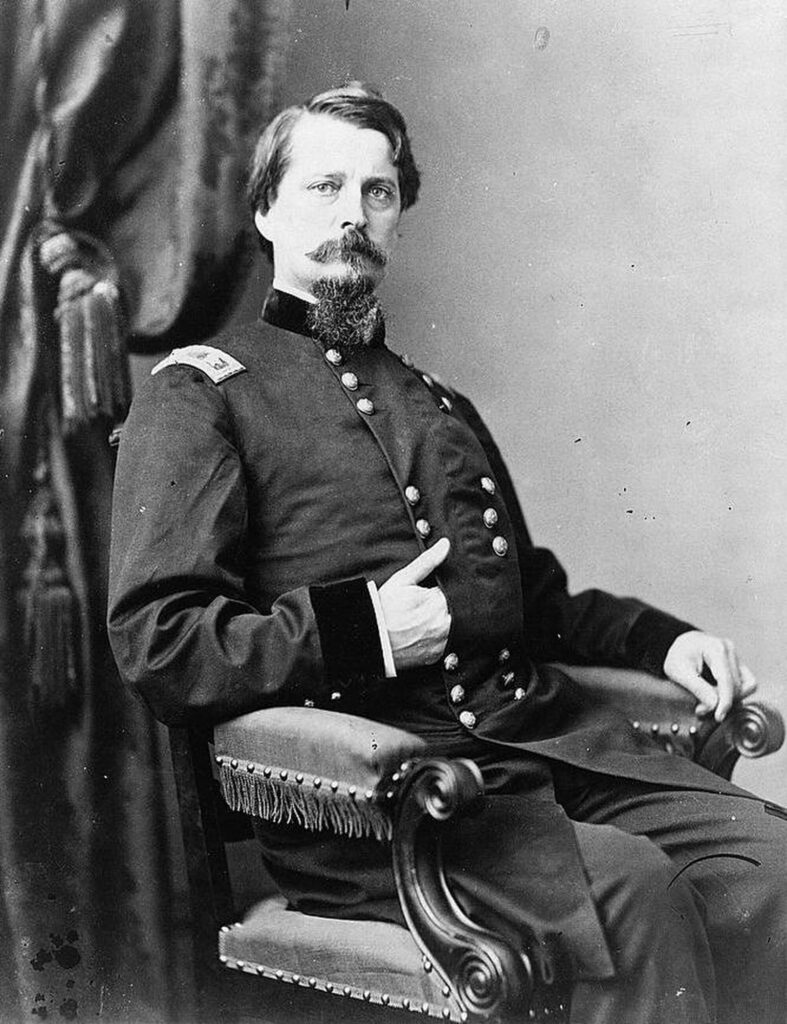
Winfield Scott Hancock’s postwar prominence was as dignified as his battlefield command. Revered for his leadership during Pickett’s Charge—where he held the Union center with steely resolve despite being seriously wounded—Hancock became a national symbol of unity and integrity. In 1880, the Democratic Party, seeking a candidate untarnished by scandal and acceptable to both Northern and Southern factions, nominated him for president. Though he lost to Republican James A. Garfield by one of the narrowest popular vote margins in U.S. history A, Hancock’s candidacy reflected the enduring respect he commanded across party lines. His campaign emphasized national reconciliation and civil service reform, and while he never reached the White House, he remained a beloved figure until his death in 1886.
David McMurtrie Gregg
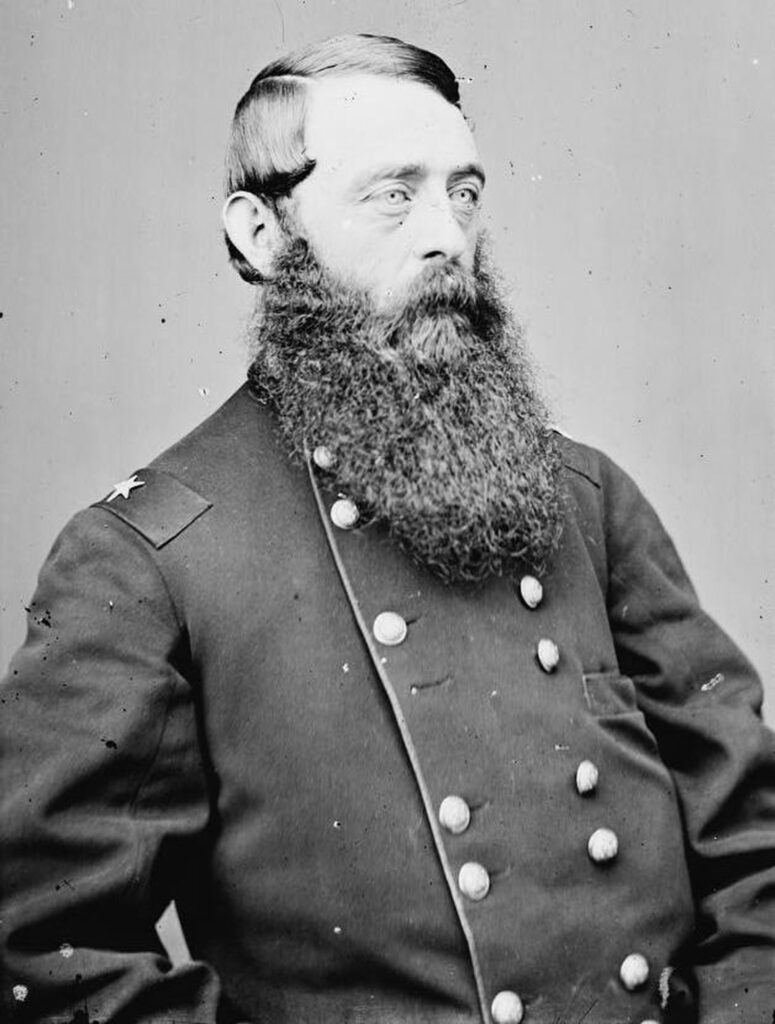
Once a sabers-drawn cavalry commander at Gettysburg, returned to Pennsylvania after a brief diplomatic post in Prague and embraced a quieter—but no less impactful—life of service. As Auditor General of Pennsylvania and an active force in veterans’ organizations, he became a guardian of memory, helping preserve the Gettysburg battlefield and shape the public remembrance of the war. From galloping across East Cavalry Field to standing at monument dedications, Gregg bridged the urgency of wartime valor with the patience of postwar stewardship.
Abner Doubleday
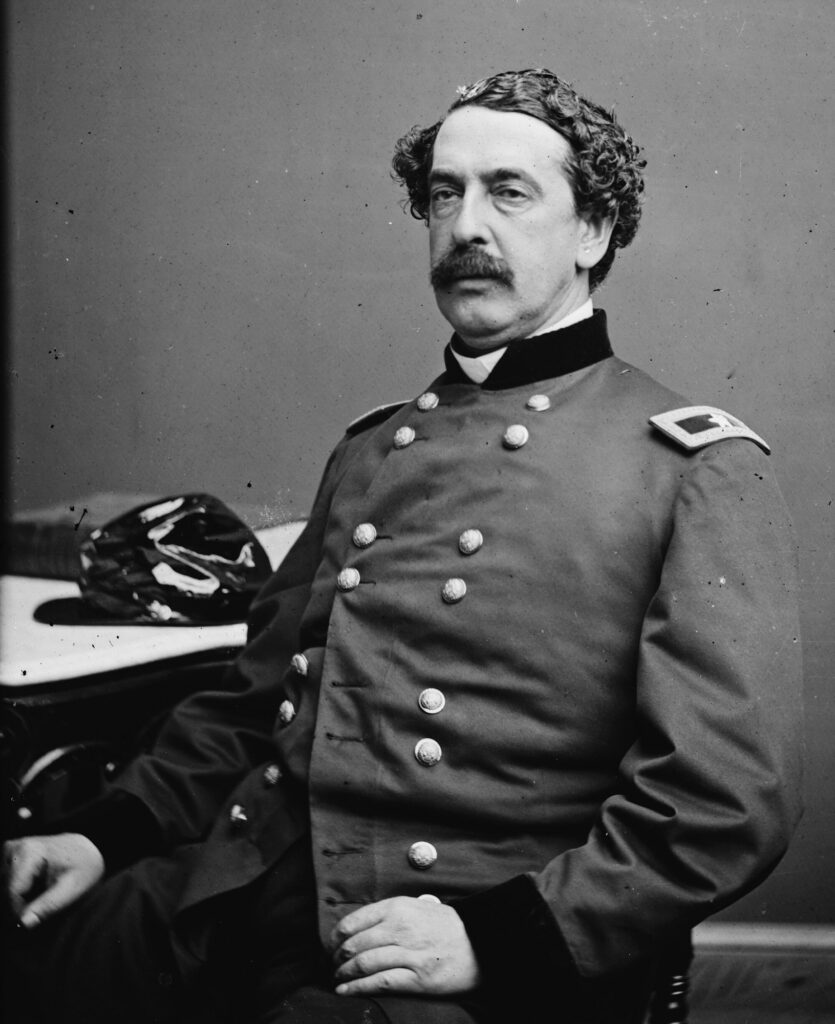
Abner Doubleday, a Union general who commanded troops during the first day at Gettysburg, led a life that bridged warfare, invention, and enduring myth. While his role in inventing baseball is more folklore than fact, he did engage in actual innovation—securing a patent in 1871 for a mechanical improvement to San Francisco’s streetcar system. The invention aimed to enhance the grip mechanism used in cable cars, reflecting Doubleday’s interest in practical urban technology during his postwar years in California. Though better known for myth than machinery, he left a subtle mark on both battlefield history and public infrastructure.
Gettysburg was not the end of their legacy. They emerged from fields ravaged by conflict—generals and governors, diplomats and idealists, university founders and policymakers. These soldiers paved the way for a nation that was in ruins by bearing the burden of war into the furnace of peace. Their experiences serve as a reminder that greatness can be found in one’s actions after putting down the sword as well as in the actual combat.

